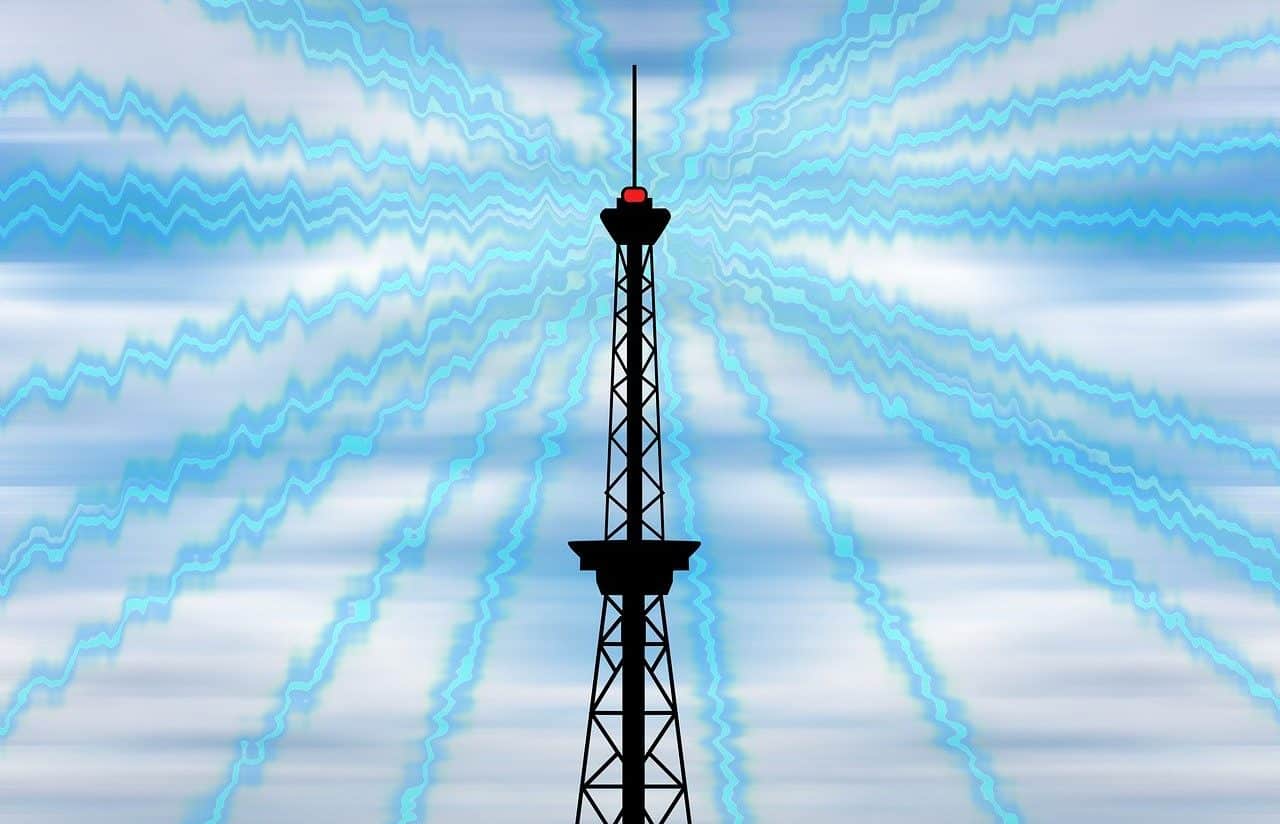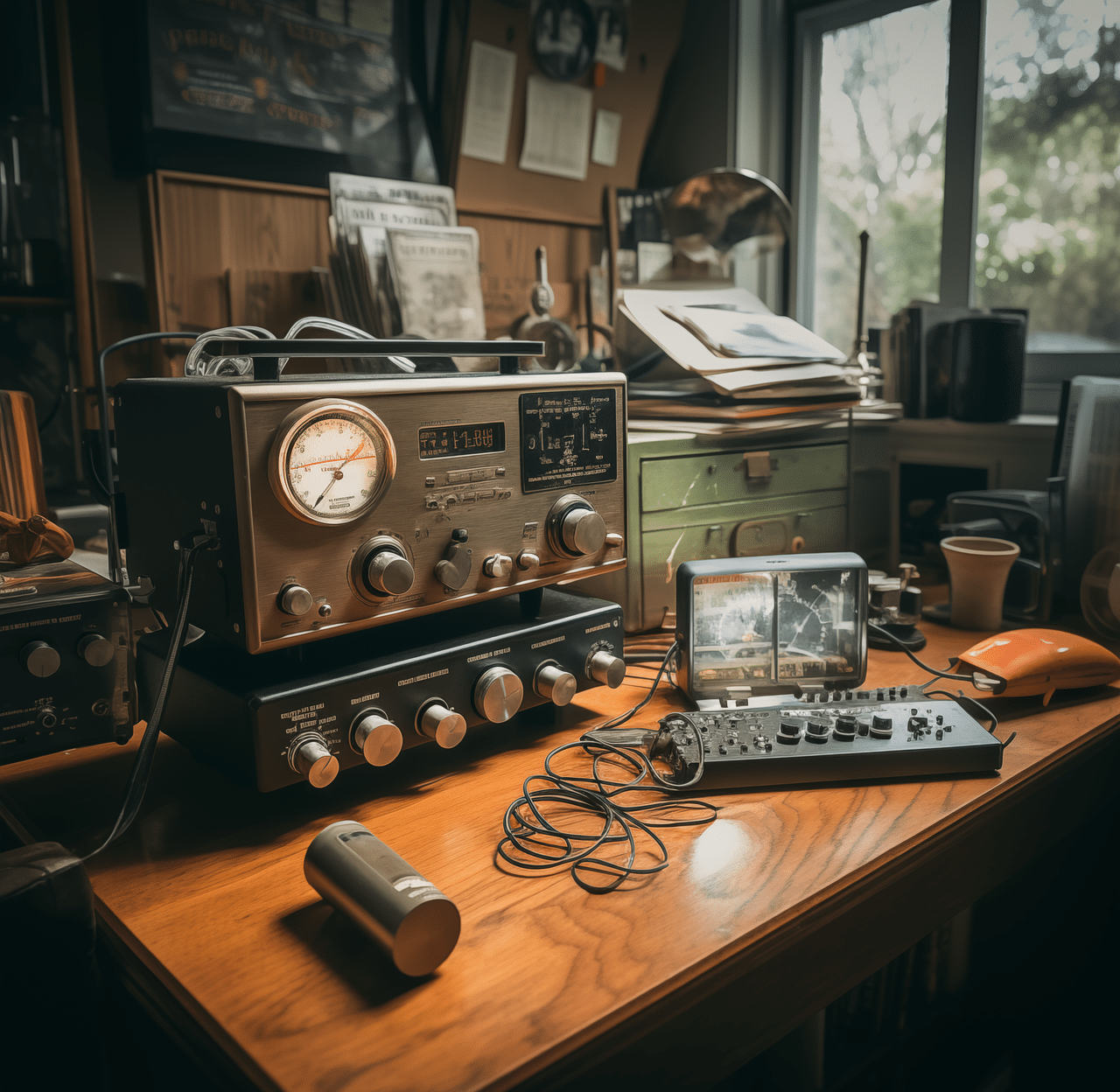
The propagation of radio waves occurs through space.
Radio waves are a type of electromagnetic radiation that can be generated naturally and also artificially. Its propagation occurs at frequencies from 10 kilohertz to 10 terahertz, which can occur in a very wide range.
Before moving forward, it is important to analyze the terms that make up the concept. In the field of physics , a wave is a periodic disturbance that lies in fluctuations propagated through a medium (a physical space). The idea of radio , meanwhile, refers in this framework to the mode of propagation of particles or energy.
What are radio waves
Radio waves are electromagnetic waves . Radiation of this type arises from the combination of electric fields and magnetic fields that oscillate and propagate carrying energy through space.
This assumes that radio waves are produced by sources of the electromagnetic field and reach the speed of light in their propagation . In the electromagnetic spectrum , which considers all types of radiation propagated in waves, radio waves are those with the lowest frequency and longest length.
It must be understood that, as part of electromagnetic radiation, radio waves involve a movement of energy through space . They are vibrations that disturb the physical environment and are defined by their frequency , length and amplitude .
Each wave features a lowest point (known as the trough ) and a highest point (the crest ). The wave amplitude is the vertical distance between the central axis and the crest, while the length is given by the horizontal distance between two consecutive valleys or crests. The number of complete wavelengths that pass through a certain point in one second is referred to as frequency , which is expressed in hertz (also called hertz ).
In the specific case of radio waves, they have a length between 100 micrometers and 100 kilometers, with frequencies - as we already indicated above - from 10 kHz to 10 THz.

Radio astronomy and cellular or mobile telephony use the transmission of radio waves.
radio frequency
The radio frequency spectrum, sometimes referred to simply as radio frequency , is the lowest energy sector of the electromagnetic spectrum. Radiofrequency is used in telecommunications, medicine, the food industry and other areas.
According to their frequency, it is possible to distinguish between ultra-high frequency waves ( UHF ), very high frequency waves ( VHF ), medium frequency waves ( MF ), low frequency waves ( LF ), very low frequency ( VLF ) and extremely low frequency ( ELF ) waves, among others. Its use in different areas depends on its specific characteristics.

Amateur radio involves the emission and reception of radio waves as a hobby and without profit.
Radio waves to transmit information
Radio waves can be used for the transmission of information. This makes radiocommunication possible, a concept that includes everything from radio and television transmissions to mobile telephony and radars .
It was the German Heinrich Rudolf Hertz ( 1857 – 1894 ) who, in 1886 , discovered how radio waves are generated and propagated. A decade later, the Italian Guglielmo Marconi ( 1874 – 1937 ) created the first radio receivers and transmitters with practical use. Marconi , in fact, carried out the first transatlantic radio transmission, an event that took place in 1901 .
If we focus on broadcasting, there is usually a sound that enters through a microphone and is converted into an electrical signal. This signal is linked to a carrier wave (of higher frequency) to travel long distances, giving birth to a modulated wave , which has different characteristics depending on how the union is carried out.
This is how AM (Amplitude Modulated) transmission and FM (Frequency Modulated) transmission arise, which differ according to the coding of the information of the electrical signal. The wave in question is emitted through the antenna of a radio transmitter and is received by the antenna of a radio receiver, which is responsible for carrying out a new conversion to recover the original sound.
The mass media
Radio (AM and FM) managed to become an important means of mass communication , whose messages are received simultaneously by thousands or millions of people. Today, with various technological changes, it continues to have broad social relevance.
The facility - with its corresponding equipment and human resources - that allows the generation and transmission of a radio program is known as a radio station . It may be a commercial radio station (which aims to obtain economic profits) or a community radio station (whose objective is social).
It is important to mention that Internet radio can complement the transmission of radio waves or even, in the case of digital radio , replace it.
To avoid electromagnetic interference , state authorities regulate the use of the spectrum and grant a broadcast license to each authorized station. In this context, a pirate radio is one that does not have a license and yet broadcasts the same.
